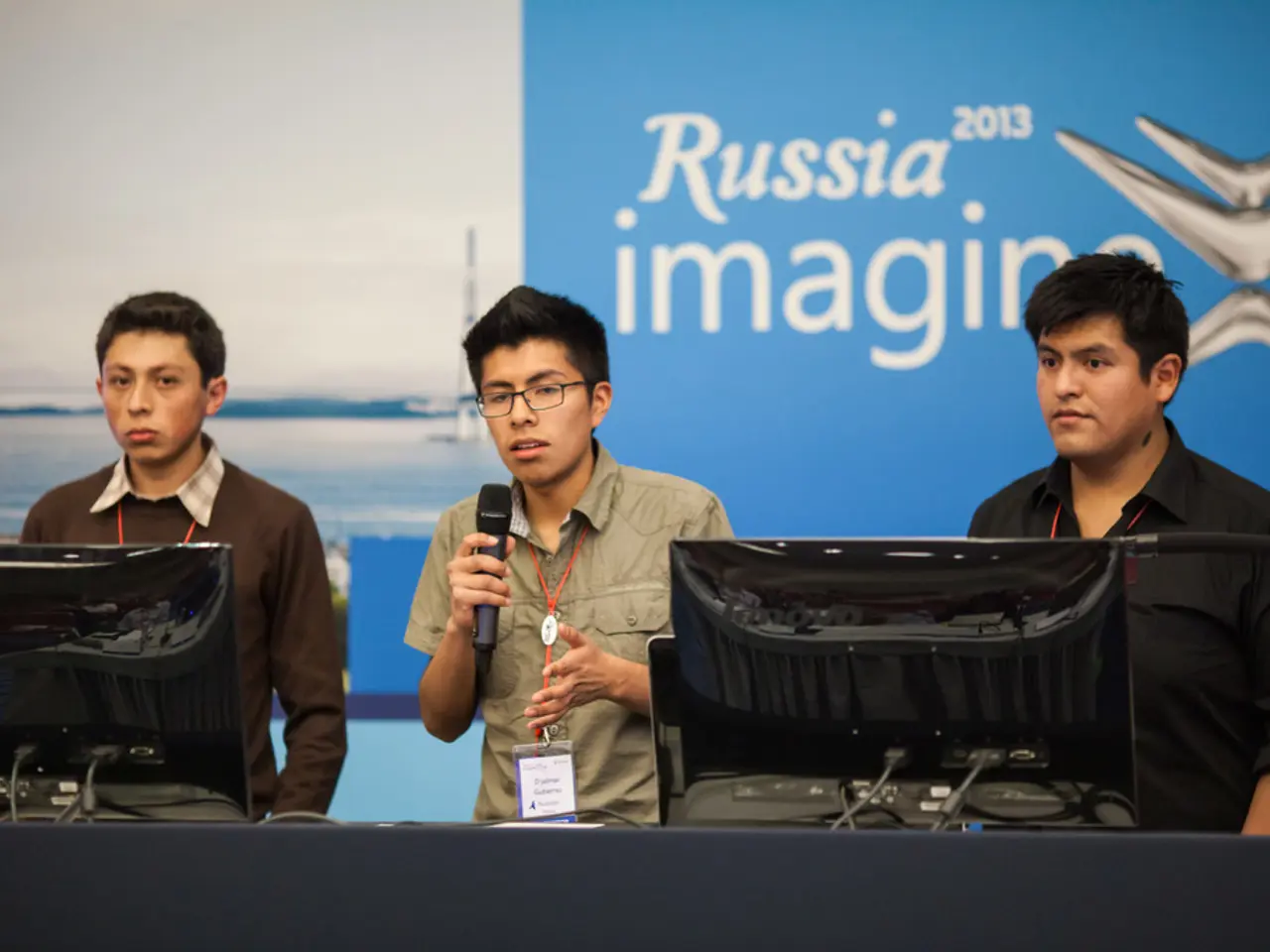Moscow reveals initial insights about Trump-Putin summit encounter
The 2025 Russia–United States Summit, held on August 15 in Anchorage, Alaska, marked a significant moment in the ongoing Russo-Ukrainian War. The meeting, featuring President Donald Trump and President Vladimir Putin, aimed to discuss and potentially resolve the conflict, but ended without any concrete agreement.
The nearly three-hour discussion focused primarily on the ongoing Russo-Ukrainian War. Trump sought to initiate a ceasefire, but Putin declined, continuing Russian attacks in Ukraine during the talks. Both presidents acknowledged the possibility of future meetings, possibly in Moscow, but no firm commitments were made. Trump later indicated that, in his assessment, Ukraine would need to make territorial concessions to achieve peace.
This was the first presidential meeting between Trump and Putin since 2019 and the first between US and Russian presidents since the invasion escalated in 2022. Putin’s visit to the US was notable for being held on a US military base and his first to the country since 2015. The summit raised concerns in Kyiv and European capitals, especially as Ukrainian President Zelenskyy was not included, leading to fears over what territorial compromises might be discussed.
At the joint press conference after the meeting, Putin emphasized the dialogue was held in a "constructive atmosphere," focusing more on US-Russia relations than specifics about Ukraine, while Trump claimed many points were agreed upon but left some unresolved.
Meanwhile, off the summit's main stage, several incidents unfolded. Ukrainian drone attacks in the Russian border regions of Belgorod and Rostov-on-Don left at least 18 people injured. Ukraine also attacked a refinery in Volgograd with several drones.
As the conflict continues, international support for Ukraine remains strong. The US government temporarily suspended some Russia sanctions to allow the meeting between Trump and Putin to take place. European politicians, including British Prime Minister Keir Starmer and German Chancellor Friedrich Merz, have reaffirmed their unwavering support for Ukraine. Germany is also co-financing a US arms package for Ukraine.
In the face of these challenges, many leaders and diplomats caution against hasty agreements that might compromise Ukraine's sovereignty. As the situation remains unresolved, there is potential for further diplomatic efforts, but no immediate breakthrough is in sight. The complexity of the conflict and the deep divisions between the US and Russia ensure that the path to peace in Ukraine will be a long and arduous one.
The community policy discussion during the 2025 Russia–United States Summit, in light of the ongoing Russo-Ukrainian War and political tensions, focused on potential employment policies regarding territorial concessions in Ukraine. The general news coverage of the summit also highlighted international concerns about potential territorial compromises that might be made, which could have far-reaching implications for Ukraine's sovereignty.
The war-and-conflicts topic remained at the forefront of strategic discussions throughout the summit, with President Trump pushing for a ceasefire and Putin declining, continuing Russian attacks in Ukraine during the talks. Despite the ongoing unrest, leaders and diplomats expressed their hopes for further diplomatic efforts to achieve peace for Ukraine, acknowledging that the path to resolution would be long and arduous.







